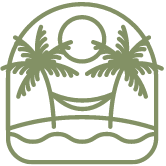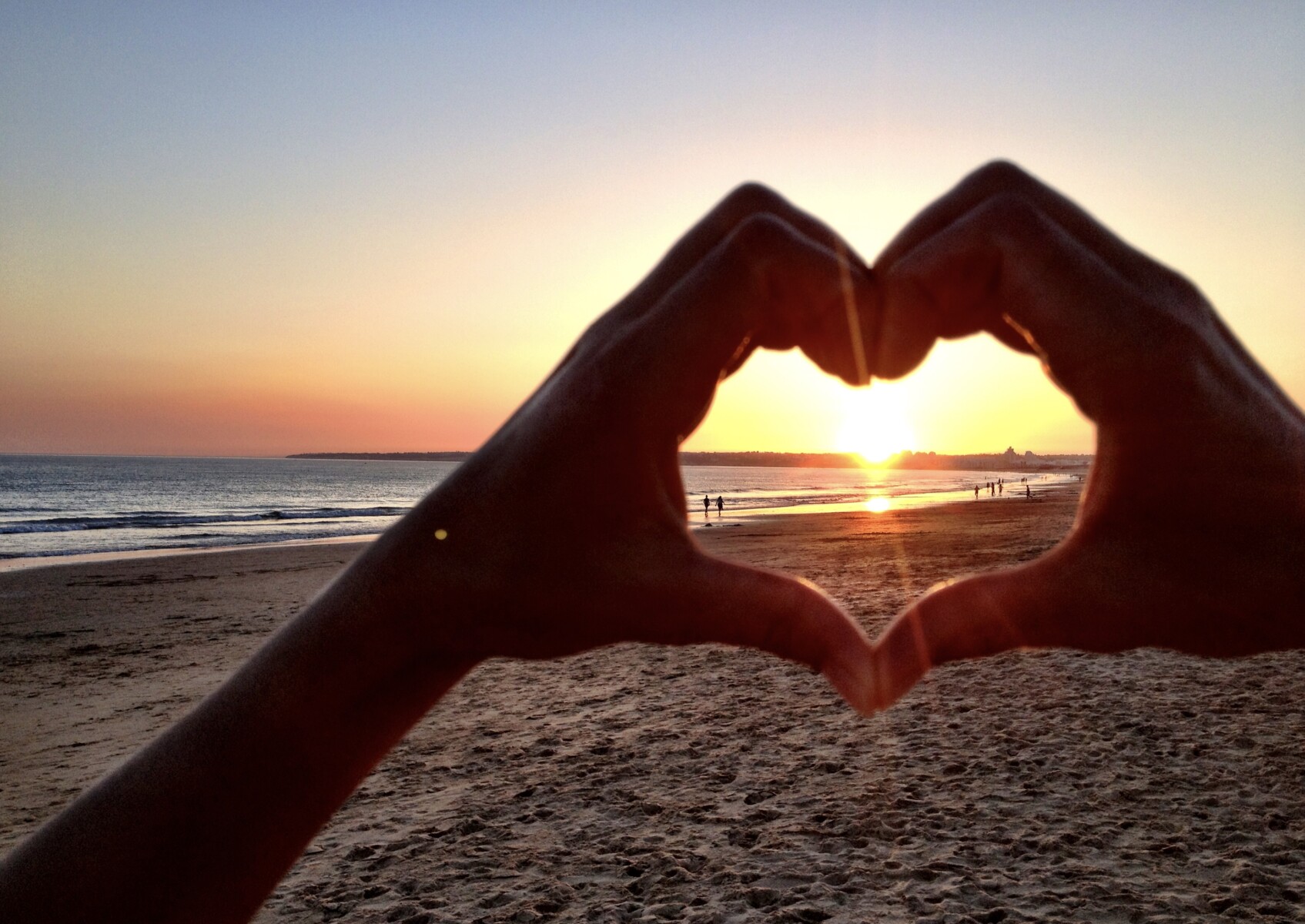Climate Algarve
WHAT TO EXPECT FROM THE CLIMATE DURING YOUR HOLIDAYS
The Algarve is promoted as the sunniest part of Europe with 300 days of sunshine and 50 cloudy days. We have lived at Vila do Ouro since 2005 and we have the weather and climate pretty well mapped out. For years, we had a daily blog with the information from our own weather station, including the temperature of the day. Below you can read what to expect from the Vila do Ouro climate:
On average, the 300 days of sunshine are no lie, however, July & August are the only real months with a 99% chance of sunshine. There is no set pattern for the other months, although June and September are usually also very sunny. The Algarve is characterized by many microclimates. The Monchique Mountain range and, of course, the influence of the Atlantic Ocean have a major influence on the climate. Despite being referred to as a Mediterranean climate, the Algarve’s climate is not the same as the countries around the Mediterranean Sea. Microclimates are so strong over here that the difference in temperature between East and West Algarve (200 km) can be as much as 20ºC.
In the middle of the summer, the west coast of the Algarve is often about 10-15ºC cooler than the temperatures at Vila do Ouro, and the east coast near Spain is about 3-5C warmer. If our guests tell us that they have trouble with the heat, we always advise them to take a day trip to the beautiful west coast (an hour by car).
The big difference with the countries around the Mediterranean, are the nights. In the Algarve, the nights can cool down considerably, which makes the climate super pleasant for many guests. Therefore, never forget a sweater or a pullover for the evening. Even if you go out in 35ºC, remember that it can cool down 15ºC in the evening.
The big difference from the heat in northern Europe is that the Algarve has a dry heat. That is many times easier to tolerate, than humid heat. Occasionally, we have humid heat in the Algarve too, which feels way too hot and sticky.
The last few years the media reports repeatedly that it is getting warmer, but at Vila do Ouro, that phenomenon has not yet been observed. Instead, it seems to be getting cooler. 2024 featured a wet winter, (for here) a ‘cool’ spring and a ‘fresh’ summer with a few outliers and a pretty covered autumn until today. So far, the warmest day we have measured here at Vila do Ouro remains 21 August 2012. Then it got 44ºC in the shade. It never freezes on Vila do Ouro but the 0-point is sometimes reached. Very occasionally we did have icing on the car window. The coldest day recorded here was in January 2023. It did not get warmer than 10 ºC during the day.
The media with their experts reported back in 2005 that the Algarve would be a desert in 50 years. Now 19 years later, we still have no signs of that happening. However, we still have 30 years to go and the groundwater level is dropping drastically. This is not due to climate or the lack of precipitation, but mainly due to the increase in use by more residents, the filling up of the Algarve with new buildings, resorts & hotels, the asphalting of roads, the big consuming agriculture corporations and on the other hand, poor water collection and infiltration. The Algarve has long been known for its dry climate and the local inhabitants could live with it easily for ages. Despite this dry climate, the Algarve is also called a green area, due to its original vegetation being drought resistant. The trees, such as carob trees and olive trees, remain green all year round.
The sea water temperature is very variable and depends on the currents. Usually, it does not get colder than 15ºC in winter. The warmest we have had here on the south coast is 26ºC. The coldest we experienced was August 2017. Then it got as low as 14ºC. In general, you can say that when the current is from the north or west, the sea is cold. When the current is from the south, it is very pleasant and when the current is from the east, we get warm and choppy water.
What to expect in the seasonal months:
April averages 22ºC, but the first summer temperatures of over 30ºC can occur. April does what it wants and so besides days overloaded by sunshine, you also can expect low-pressure weather with rain and wind in April. Though these low-pressure depressions are rare. In Portugal they have a saying, “Abril Aguas Mil” which means that April can have a lot of rain. It is a saying for whole Portugal and in the North of Portugal it rains much more than in the Algarve. April is ideal for an active holiday; sightseeing, activities and day trips, but also nice for swimming or lovely beach moments. We heat the pools to 26ºC.
May is characterized by sunny days with afternoon breezes. Average 26ºC with occasional peaks. May can still have some precipitation here and there, but usually it does not last long. Mornings and evenings can be chilly. A beautiful flowery month with still the fresh green of winter. We no longer cover the pools and only heat them with solar panels.
The month with the most day light is June. Often very sunny and the first spells of 35ºC can already occur. The drought is becoming apparent. The Algarve is getting ready for summer. Still, June can have quite chilly periods. Regardless, the sun is quite high and the UV strength is maximum. The sea often gets periods of warmer water and we have to cover the solar panels of the pool heater. Otherwise, the water gets too hot.
July is the first summer month with plenty of sunshine and warm temperatures. We hard Sun, pool, sea and beach. The thermal cool evening breeze does blow regularly, so don’t forget warm sweaters or pullovers for the evenings. Expect temperatures around 34ºC during the day.
August is the second summer month with mostly sunshine, heat and more heat. Thermal cool evening breezes can occur here too, but on average less than in July. August can have occasional precipitation, though minimal. Fog also sometimes occurs, but it often dissipates quickly. Count on an average of 33ºC. Both July and August can have periods with temperatures well above 35ºC.
The first two weeks of September are still quite summerish with temperatures around 30ºC, but around the third week the nights start to cool down considerably. There is also more moisture in the air, so in the early morning everything outside is still wet. The hills slowly begin to turn green again. There is a chance of rain in September, but often it is no more than a few showers. After that, it immediately gets a lot cooler during the day too and the average drops to temperatures around 26ºC.
October is often still a lovely month with temperatures around 25ºC. The days are already a lot shorter, so you will notice that it is cooler, especially in the evenings. Usually still quite a few sunny days with little wind. The sea has warmed up so you can still go to the beach during the day. However, in October you should always be prepared for low pressure weather. The first autumn low pressure areas are lurking and may well strike. This manifests itself in clouds, wind and the occasional a heavy shower. It is not yet cold then. We do heat the swimming pools, so at least you can swim.
From November to March, Vila do Ouro is closed. We use the time to prepare Vila do Ouro for the next season and make improvements. For those who want to know what the weather does during that time: November, average 22ºC, 5-7 days or so with clouds, wind or rain. December 18-20ºC, dark days can occur, sometimes rain, but also chances of sunny days with 20+. January is the coldest month. Cold nights anyway and around 17ºC during the day. It can rain a lot, but it can also be extremely dry. February always has a moment when it can suddenly become 20+ again. The days get longer again, and spring is in the air. It can also still rain in February, but it is usually a sunny month. March is the real spring month. More and more light, warmer and warmer. It can easily be around 30ºC already, but usually it is around 21ºC. A great time to paint everything again and to take out the garden furniture to be ready for the season.
Tips on how best to cope with the heat or possibly bad weather days during your holidays can be found in our app, which you can download for free.



